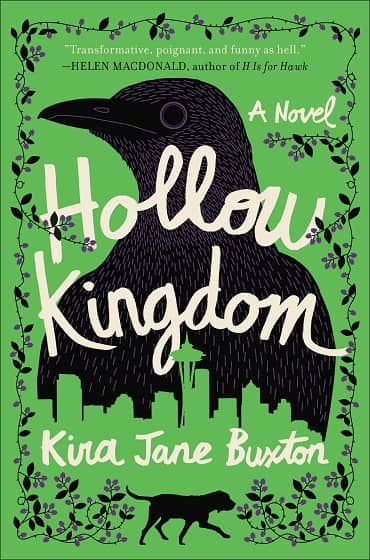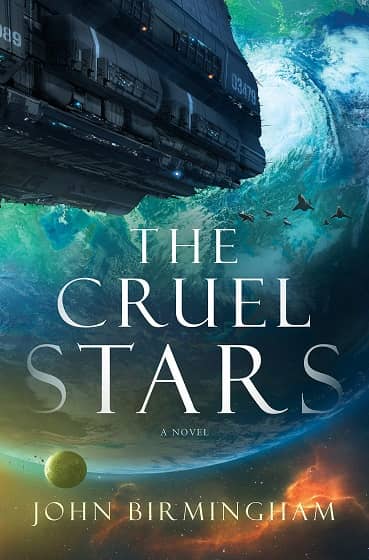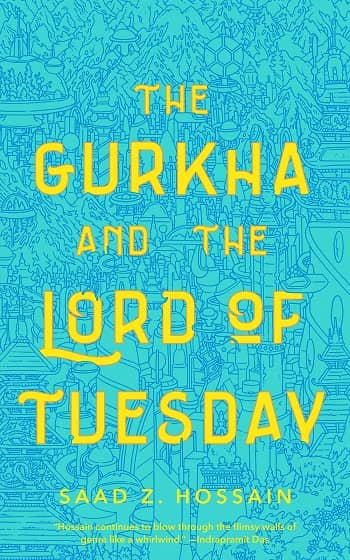Pathfinder Second Edition
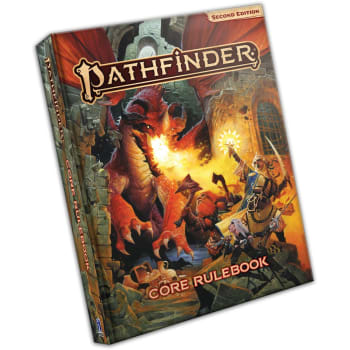 As has been the case for the last few years, this year’s big Gen Con release was from the folks at Paizo. Two years ago we got the release of Starfinder. Last year was the release of the Pathfinder Playtest. And this year the Pathfinder Playtest reaches its fruition with the release of Pathfinder Second Edition, released into the wild at the beginning of August.
As has been the case for the last few years, this year’s big Gen Con release was from the folks at Paizo. Two years ago we got the release of Starfinder. Last year was the release of the Pathfinder Playtest. And this year the Pathfinder Playtest reaches its fruition with the release of Pathfinder Second Edition, released into the wild at the beginning of August.
The gamer fanatics that we are here at Black Gate, we’ve been interested in this since Pathfinder Second Edition was first announced. Last fall, I covered the Pathfinder Playtest, and most of the basic game mechanics introduced in the playtest stayed constant in the Second Edition release, even if some of the specifics changed.
The pacing is one of the best aspects of Pathfinder Second Edition. The action economy of having three actions each turn, and different tasks taking different numbers of those actions, helps keep players and the gamemaster moving smoothly through the turns. Each character can track their most common actions, based upon their character build, so that they can easily keep track of their options in the action economy.
The character design in Pathfinder Second Edition is around accumulating feats – ancestry & heritage feats, class feats, general feats, and skill feats – that allow for a wide range of diversity. Some of these feats also unlock uncommon task types, which players without those feats aren’t able to access. This keeps the distinctive customization that has really become the hallmark of the Pathfinder RPG over the last decade.
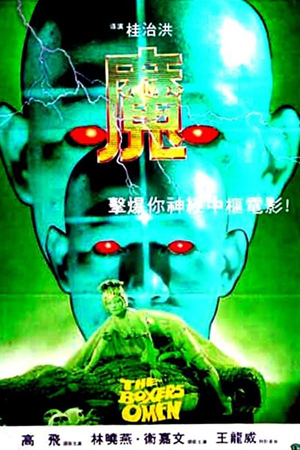 For my second film of July 21 I stayed at the De Sève Theatre to watch one of my more anticipated movies of the festival. Each year Fantasia plays a Shaw Brothers film on 35mm — not one of the Shaw classics, usually, but one of their stranger works. The past few years I’ve seen
For my second film of July 21 I stayed at the De Sève Theatre to watch one of my more anticipated movies of the festival. Each year Fantasia plays a Shaw Brothers film on 35mm — not one of the Shaw classics, usually, but one of their stranger works. The past few years I’ve seen 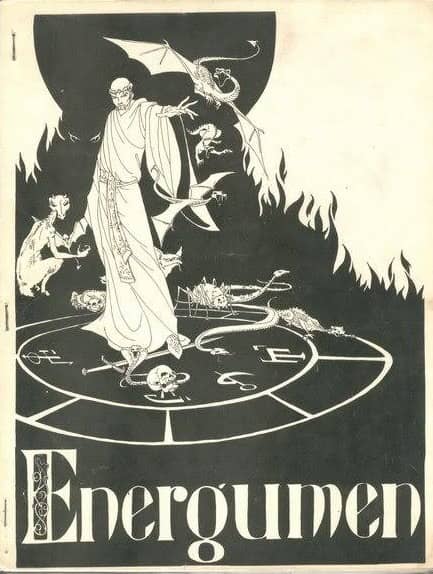
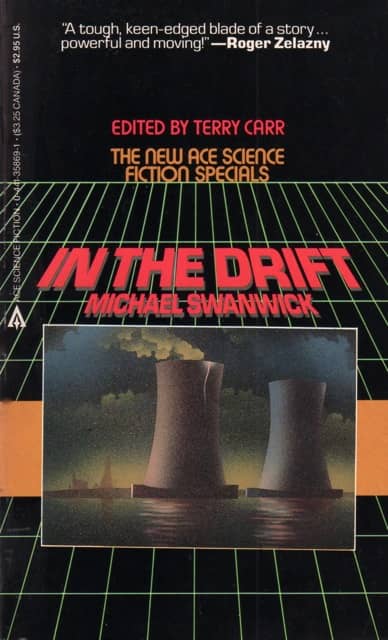
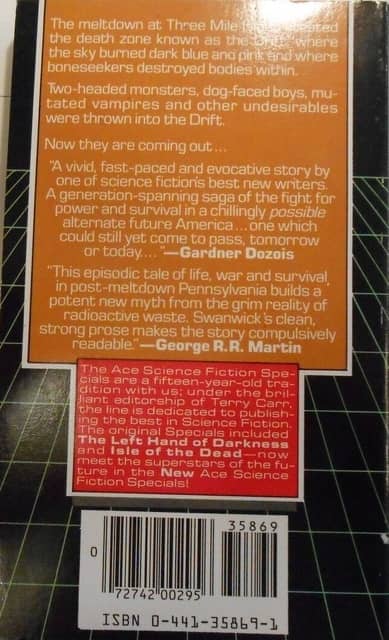
 My first film at Fantasia on July 21 was actually two films put together. In 2009 Atsuya Uki released a 25-minute short he’d written and directed, called “Cencoroll,” based on a one-shot manga he’d written and illustrated. The short was well-received, and over the last decade he’s created a 50-minute follow-up. The two movies have now been released as one, Cencoroll Connect (Senkorōru, センコロール コネクト). They work together as one story, but I wonder, never having seen the original “Cencoroll” on its own, whether the first short would have left more room for an audience’s imagination to work.
My first film at Fantasia on July 21 was actually two films put together. In 2009 Atsuya Uki released a 25-minute short he’d written and directed, called “Cencoroll,” based on a one-shot manga he’d written and illustrated. The short was well-received, and over the last decade he’s created a 50-minute follow-up. The two movies have now been released as one, Cencoroll Connect (Senkorōru, センコロール コネクト). They work together as one story, but I wonder, never having seen the original “Cencoroll” on its own, whether the first short would have left more room for an audience’s imagination to work.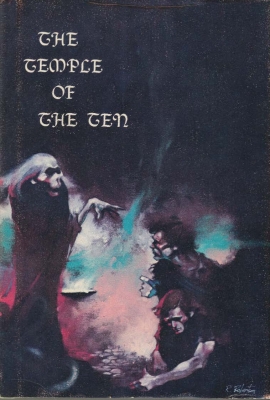


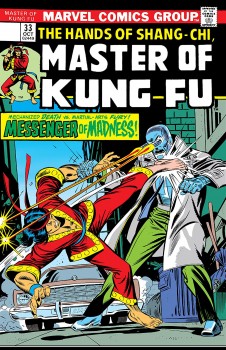

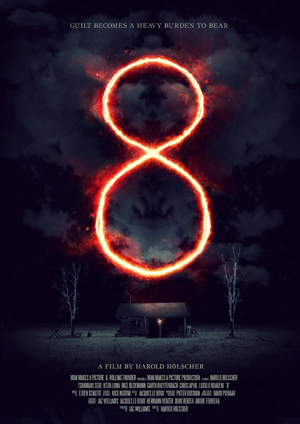 My last movie of July 20 was a horror film from South Africa. Written and directed by Harold Holscher, 8 has elements of the classical ghost story embedded in a larger tale of folklore and tragedy. It’s a period tale, set in 1977, and is set in a farm named Hemel op Aarde: Heaven on Earth.
My last movie of July 20 was a horror film from South Africa. Written and directed by Harold Holscher, 8 has elements of the classical ghost story embedded in a larger tale of folklore and tragedy. It’s a period tale, set in 1977, and is set in a farm named Hemel op Aarde: Heaven on Earth.